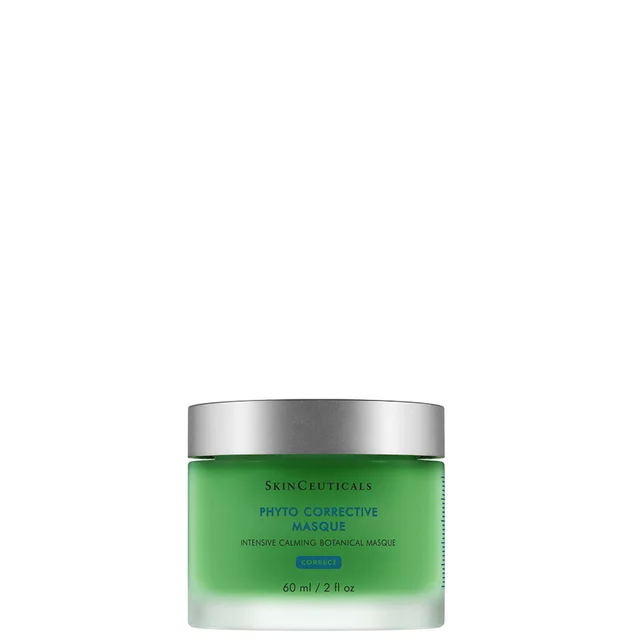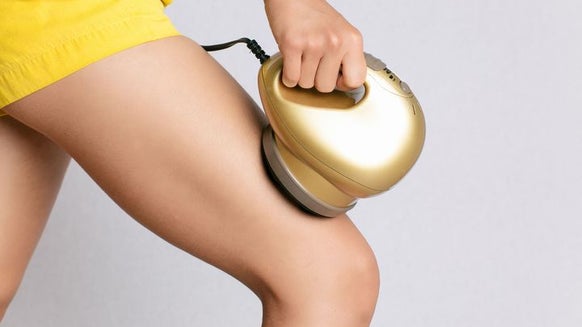How to Care for Your Skin After Botox, Peels and More
A quick zap, a prick of a needle, and a zhush here can create the difference between good skin and great skin. But, for as much good as professional procedures offer, you can’t discount the aftercare they require.
“Procedures stimulate the body’s repair system through a controlled injury process, so the skin needs extra TLC to recover,” says Dr. Ava Shamban, MD, a board-certified dermatologist in Santa Monica, CA. In addition, post-treatment skin is often inflamed and sometimes 'open' due to microscopic breaks in the skin or sloughing of the skin barrier, which is why a gentle routine is mandatory. In addition, wearing sunscreen is indispensable because the skin is more reactive to the sun, “especially after procedures that target red or brown spots,” says Dr. Papri Sarkar, MD, a board-certified dermatologist in Brookline, MA.
Here's how to care for your skin after Botox, chemical peels and more.
Botox
What it is: An injectable neurotoxin that temporarily reduces the look of wrinkles and expression lines. In addition to Botox, other FDA-approved neurotoxins include Dysport, Xeomin, and Jeuveau.
How it works: The toxin blocks nerve activity and paralyzes the muscle. Once the muscle can no longer contract, wrinkles and lines in a localized area relax.
Post-treatment care: You can resume your routine pretty quickly, but there are tricks to reducing redness and bruising. Dr. Shamban recommends icing the area, using arnica to counteract bruising and swelling, and avoiding applying makeup for a few hours. Also, botanical-based masks and gels can help minimize post-Botox redness.
Try:SkinCeuticals Phyto Corrective Masque
Filler
What it is: Fillers, which restore volume, fall into two categories: hyaluronic acid ones that provide immediate results or longer-lasting bio-stimulatory fillers, which encourage new collagen. Both work towards the same goal, and choosing the right product comes down to the degree of deflation.
How it works: Injecting filler into the lips, cheeks, temples, and jawline helps restore fullness while adding structure. Hyaluronic acid fillers attract water to plump the area, while bio-stimulatory fillers create a scaffolding of sorts to generate volume over time.
Post-treatment care:Dr. Neil Saddick, MD, a board-certified dermatologist in New York City, suggests anti-bruising treatments at your doctor’s office, like pulse dye or KTP lasers. Post-lip injections require liberal amounts of lip balm, according to Dr. Sarkar. Further, post-procedure products help keep the skin protected.
Try:SkinMedica Procedure 360 System
Chemical Peels
What they are: Acid-based peels that accelerate the rate at which the skin naturally exfoliates.
How they work: Peels are a quick and easy skin refresh. They remove dead surface cells to improve the skin while stimulating collagen. Commonly used acids include lactic and citric for a light exfoliation, glycolic to treat wrinkles and minimal hyperpigmentation, salicylic acid for acne, and TCA for more prominent pigment and signs of aging.
Post-treatment care: Avoid retinol, glycolic and salicylic acids, along with vitamin C since redness, flaking, and dryness can occur. Keep the skin hydrated and load up on peptides (found in this toner) for resilient skin. “The goal is for acne and pigment not to reappear, so aftercare is important,” says Dr. Sarkar.
Try:EltaMD Skin Recovery Toner
Laser Resurfacing
What it is: Light- and energy-based lasers correct everything from lines and wrinkles to uneven texture, plus discoloration and acne scars.
How it works: Nonablative lasers safely injure the skin while leaving it intact to promote collagen production. Aggressive ablative lasers heat and tighten the deeper layers of the dermis while removing the top layers of skin.
Post-treatment care: Redness, swelling, and scabbing are typical, which is why doctors recommend bland products. “After a CO2 or erbium resurfacing laser, avoid your regular products for one week,” says Dr. Sarkar. “For other procedures, stay away from retinoids, alpha and beta hydroxy acids, and vitamin C for the first 24 to 48 hours,” she adds. “They can be irritating and cause additional inflammation.” Hydrating Ingredients and sunscreen are also essential.
Try:Avene Cicalfate Restorative Protective Cream
Microdermabrasion
What it is: A quick, painless, and downtime-free exfoliating treatment that improves skin tone and texture.
How it works: Microdermabrasion uses a diamond-tipped jet plus suction to buff away the outermost layer of skin. As a result, it minimizes the look of sun damage, spots, lines, and acne scars and allows products to absorb better.
Post-treatment care: A gentle cleanser, sunscreen, and moisturizer will keep the skin looking fresh. Since microdermabrasion works wonders on scars, scar treatments further minimize their texture and color.
Try:SkinCeuticals Advanced Scar Control
IPL treatments
What they are: Intense Pulsed Light (IPL) uses light to lessen unwanted hair, redness and broken capillaries, sun damage, and even acne.
How they work: IPL, which feels like a rubber band snap on the skin, uses a broad spectrum of light to target the issue at hand by reaching pigment at different depths of the skin.
Post-treatment care: The skin may look pink and feel slightly uncomfortable for a few hours. Once the treated area heals, tiny scabs form and fall off. It’s obligatory not to exfoliate the skin but allow it to shed on its own, which is why a gentle cleanser is necessary.
Try:Sente Daily Soothing Cleanser
Microneedling
What it is: Microneedling is a minimally invasive treatment that improves acne scars, enlarged pores, and sun-ravaged skin.
How it works: Tiny needles are methodically ‘stamped’ into the skin via a mechanical device, which makes small holes to injure the skin safely. As the skin heals, it produces collagen.
Post-treatment care: The skin must be kept clean and hydrated. It’s best to swap your regular cleanser for a soap-free one to reduce any irritation. “When there are micro-injuries in the skin, be careful about what you are applying because it can travel into the skin, which can lead to granulomas, infection, and dark spots,” says Dr. Sarkar.

Elise Minton Tabin is an award-winning beauty journalist, editor, and beauty expert with more than 16 years of experience. She previously held the title of Executive Beauty Editor at NewBeauty magazine, where she reported on beauty, plastic surgery, anti-aging, health and wellness. She was also instrumental in the launch of the beauty supplement brand Hush & Hush. A self-professed beauty junkie and retinol and sunscreen pusher, Elise knows what’s new, what works and who’s the best to go for every procedure under the sun. Follow Elise on Facebook, Instagram, and on her beauty blog, elisetabin.com













